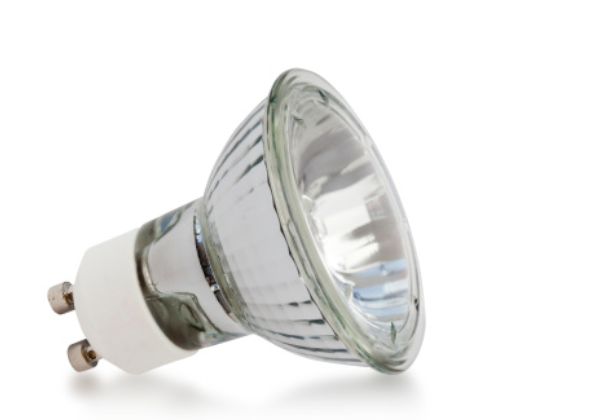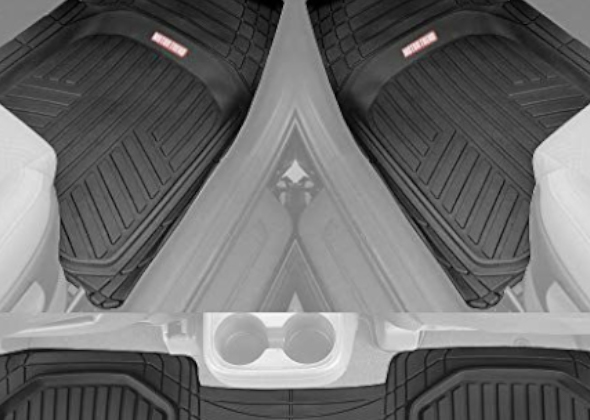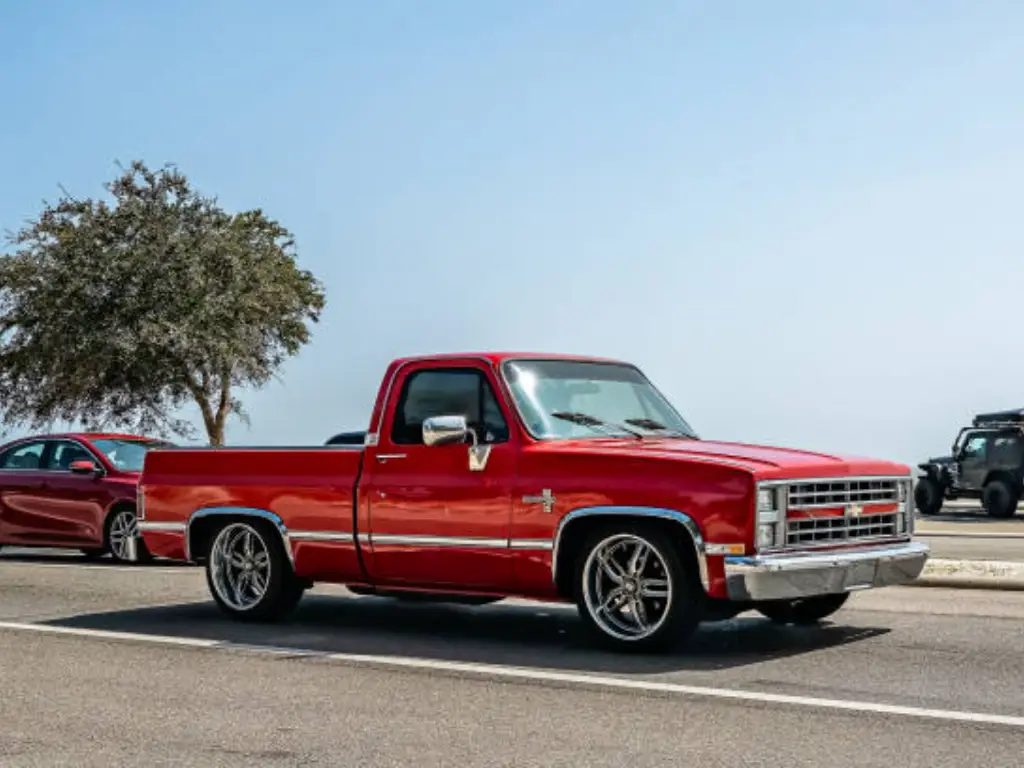Before delving into the specifics of various oil filters, it’s generally best to define what an oil filter is and what it performs.
An oil filter is often encapsulated in a tiny capsule containing several components required to filter out impurities in the oil. The filter’s duty is to circulate clean oil back through the engine components, ensuring that the components run as smoothly as possible.
The oil itself serves various functions. The first is to keep all of the engine’s moving parts lubricated to prevent them from grinding against each other. The second function is to keep the engine cool by transferring heat from fast-moving components.
Finally, the oil will catch and transport hazardous particles from the engine compartment. All of this is made possible by the oil filter, which keeps the oil clean so that it can do its job of keeping the engine running smoothly.
Here is everything you need to know about car oil filters and how to choose the oil filter for a car.
Why You Can Consider the Business of Car Oil Filter?
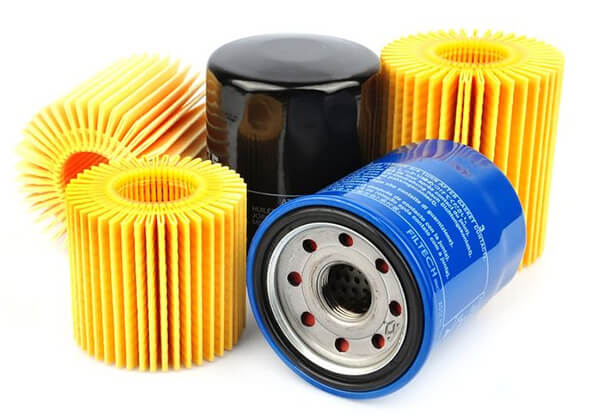
Oil Filter Function
The oil filter’s function is to clean the oil that travels through it. The filter accomplishes this by trapping particles, resulting in superior oil quality than that which entered the filter.
A filter serves to reduce engine wear by eliminating contaminants from the oil. The engine’s life is therefore significantly extended. It also works effectively.
It is critical that engine oil is clear of particulates and other pollutants. The oil serves several purposes. It lubricates the moving parts, aids in engine cooling, and seals the piston ring. It also absorbs impurities, eliminates wear particles, and suspends soot produced by fuel combustion.
To perform these activities effectively, the oil must be free of contaminants. Organic and inorganic contaminants must be eliminated. Water, glycol, oxidized fuel, filth such as swallowed dust, wear particles from engine parts, and even incorrect oil are examples.
- Tainted oil has been shown to have a harmful impact on automotive engines. The consequences can be summarised as follows:
- Increased wear of the engine’s many components, necessitating regular rebuilds or repairs
- Lubricant life is reduced, resulting in shorter oil change intervals.
- Decreased fuel combustion efficiency and engine performance
- Low fuel economy raises vehicle operating expenses, and
- Increased pollution-causing exhaust emissions
- Benefits of Regular Oil Filter and Oil Changes
Although it is not required to change the oil filter every time the oil is changed, it is still a good idea.
The oil filter may remove bigger contaminants from the engine oil while also replacing the oil to maintain the smooth operation of all parts.
Because changing the oil is simple, but changing the filter is hard, some people only consider replacing the former between services, but it is important to know if there is any meaning if the filter is not updated.
Apart from oil filters, the Oil Catch Can is only required for direct injection engines, as these, unlike other engines, do not have fuel cleaning the valves on a regular basis, and are thus more likely to develop carbon deposits.
Engine oil is essential for keeping the engine functioning. It lubricates engine components, resulting in improved engine performance and longevity. The oil filter’s job is to remove grit, grime, and metal spots from the oil.
If these particles are not filtered out, they will scratch and scrape the engine components and even block the system, reducing the engine’s service life and perhaps resulting in high maintenance expenditures.
A properly operating oil filter guarantees that only clean oil comes into touch with the engine’s moving parts.
- How Long Does a Car Oil Filter Last
The oil filter and the oil change are inextricably linked. We can’t remove the filter without draining the majority of the oil, and we’ll have to top it up once we’re through, so why not just buy an extra can of oil and replace it completely?
Changing merely the oil, on the other hand, will necessitate removing the filter in order to drain the old oil.
The frequency with which the oil filter should be changed is determined by a number of factors.
Many car oil filter manufacturers recommend replacing the oil filter every other time that the oil is changed. So, if a car is driving 3,000 miles per day, the filter will be changed every 6,000 miles.
Facts You Should Know About When Choosing Oil Filters
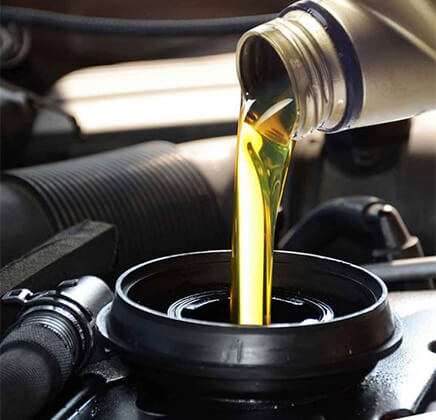
Types of Car Oil Filters
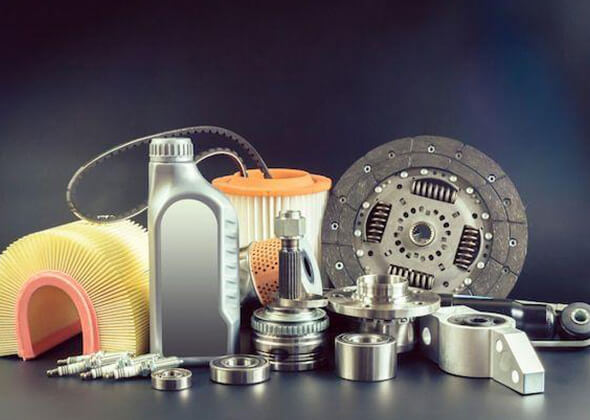
Primary Oil Filter
The majority of automobile manufacturers employ an entire flow filtering system that includes the main oil filter, often known as a full-flow filter.
It’s termed a full-flow filter because, unlike other filters that only filter a portion of the car’s motor oil, it can remove impurities from all of the car’s motor oil.
A full-flow filter is recommended for use in cooler temperatures.
Cold temperatures can thicken the motor oil, and most filters restrict oil flow, making filtration difficult. This can cause serious engine damage.
On the other hand, the primary oil filter protects the engine by allowing the motor oil to move through it more easily than other types of filters, even after thickening in cold temperatures.
There are two primary types of oil filters.
The following are the most popular primary oil filter types used to keep engine oil clean and prevent the vehicle from engine wear:
1. Oil Filter Cartridge
An eco oil filter is another name for a cartridge oil filter. Because there are no metal pieces in this sort of full-flow filter, it can be easily recycled in many circumstances. The cartridge oil filter is also appreciated due to its simplicity of usage.
And, if it’s upright, any mechanic can usually inspect the cartridge filter without having to drain the engine oil.
The first engine oil filters were cartridge filters, which included a permanent housing and a changeable filter element or cartridge. The housing is either installed directly on the engine or is connected to the engine through supply and return pipes.
Conversion kits were available for automobiles that came with cartridge filters. In the 1990s, European and Asian automobile manufacturers, in particular, began to return to replaceable-element filter architecture, owing to the reduced waste generated with each filter change. Replaceable cartridge filters have also become popular among American automakers, and retrofit kits to switch from spin-on to cartridge-type filters are available for common applications.
The design, materials, and construction characteristics of commercially available car oil filters differ. Those made entirely of synthetic material, with the exception of the metal drain cylinders, are significantly superior and endure far longer than the classic cardboard/cellulose/paper kind that still predominates. These factors influence the filter’s effectiveness, durability, and cost.
2. Oil Filter (Spin-On)
A spin-on oil filter is another full-flow filter. This primary filter type is not as environmentally beneficial as a cartridge oil filter.
A steel canister and a paper filter element are used. A spin-on oil filter is ideal for people who want to do their own gasoline filter repair because it is simple to replace and does not require any special tools.
The spin-on oil filter was launched in the mid-1950s, consisting of a self-contained housing and element assembly that could be unbolted from its mount, removed, and replaced with a new one. This made filter changes easier and potentially less dirty, and it quickly became the most common type of oil filter used by automakers across the world.
Secondary Oil Filter
A secondary oil filter is the next most common type of oil filter. It is used to supplement the vehicle’s full-flow filter.
This filter cleans less than 10% of the car engine’s motor oil and removes pollutants that the primary filter may have missed.
A secondary oil filter provides an additional layer of engine protection and can easily extend the life of the engine oil.
A bypass filter is another term for a secondary oil filter. They are, however, not the same as a bypass valve.
1. Spinner Oil Filter
A centrifugal oil filter is another name for a spinner filter. This secondary oil filter uses centrifugal force to catch pollutants in the motor oil, as the name implies.
Some spinner oil filters may generate a force 2,000 times stronger than gravity. This is why a bypass filter of this sort can filter even the tiniest particles from the motor oil.
A filter housing chamber and membrane are usually found in a spinner filter (filter medium). If the filtration media becomes clogged, the mechanic will simply need to replace the filter media; the filter housing chamber will remain functional.
The base gasket is another crucial component of a spinning filter. Its purpose is to keep motor oil from leaking.
Unfortunately, a spinner filter isn’t the most durable gasoline filter, so when the car comes in for an oil and fuel filter change, the mechanic should check the base gasket as well.
2. Magnetic Oil Filter
A magnetic oil filter is another secondary filter that works in conjunction with a full-flow filter.
This secondary filter can clear the oil of metallic particles, but it has a limited capacity for grime or grit.
The good news is that, unlike other engine oil filters, a magnetic oil filter does not need to be updated. To maintain filtered oil flowing into the engine, simply get the magnetic oil filter cleaned on a regular basis by a competent mechanic.
Magnetic filtration has the advantage of being easy to maintain because it only involves cleaning the particles from the magnet’s surface. A magnet is commonly used in the fluid pan of automatic transmissions in vehicles to trap magnetic particles and extend the life of the media-type fluid filter. Magnets that adhere to the outside of an oil filter or magnetic drain plugs — first conceived and supplied for cars and motorcycles in the mid-1930s — are being manufactured by some companies today.
Oil Filters for Cars, Trucks, and Motorcycles

A motorcycle oil filter and a car oil filter have the same internal components. It is possible to install an automobile oil filter on a motorcycle as long as the size fits. This is not suggested, however, because internal specifications like maximum pressure and filtering level may differ. When possible, use the appropriate oil filter for a car, truck, or motorcycle.
Engine oil filters for cars and motorbikes operate in the same way. When engine oil goes through them, they all include filtering material that catches dirt and pollutants, ensuring that the engine components continue to run smoothly.
The size of an oil filter is essential since it determines whether or not it can be installed on a motorcycle, a car, or a truck.
Apart from installation, the size of an oil filter also affects the engine’s oil pressure. This oil pressure must not be excessively high or low. When the oil pressure is too low, the engine oil does not get to the right spots in time. Some engine components will be deprived of oil and may not function properly.
The filtering media used in an oil filter usually controls the filtration level. Some filters are highly restrictive, allowing only the smallest particles to pass through. Other filter materials, on the other hand, can be less restrictive.
A high filtration level, similar to its size, might limit the flow of engine oil, preventing it from reaching the necessary places in time and depriving some components of much-needed oil. Filtration levels that are too low don’t do an effective job of filtering contaminants from engine oil, resulting in additional wear and tear on the engine parts.
Buying an oil filter with low maximum pressure is never a good idea. The car/motorcycle/truck’s engine determines the required value. Obviously, a more powerful engine necessitates a higher maximum pressure oil filter.
Quality and Price
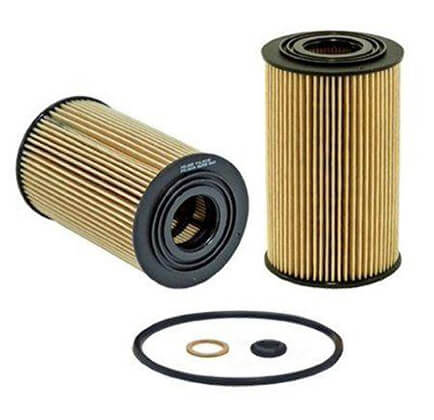
When selecting a filter, people simply consider the price. They may appear similar on the exterior, but what’s within can make a significant difference.
The car’s engine and hydraulic systems are pricey pieces of equipment that must be protected with a high-quality oil filter. The oil filter has several tasks that help to extend the life of the engine. It cleans the engine oil and keeps pollutants from entering the engine.
There are numerous oil filters available on the market, and selecting the proper one for any vehicle with the most effective filtering material or membrane might be challenging. While it is always best to use company-recommended replacement parts, keep these points in mind when looking for a high-quality oil filter.
The price of an oil filter is less important than the materials used on or in the filter itself. The filter’s components should be examined as thoroughly as possible to verify that the filter offers quality rather than convenience.
Oil Filter Efficiency
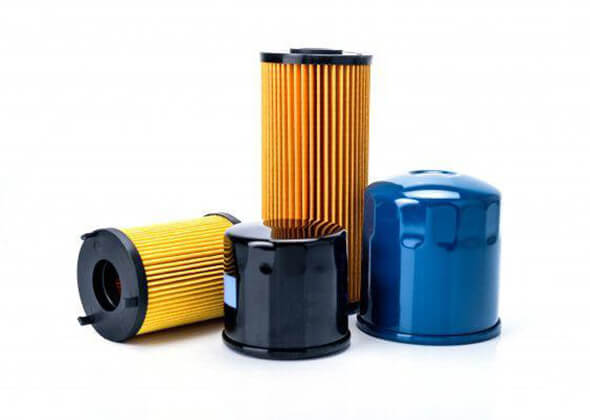
To keep the oil clean, filter makers use a range of different filter media. Resin impregnated paper filter media has been around for a long time and traps impurities using cellulose fibers.
An excellent filtering efficiency can be obtained by using a high-quality paper filter element with regularly spaced pleating. Most particles 15 to 40 microns in size or greater will be trapped by a conventional OEM or standard replacement oil filter using a cellulose fiber medium.
To boost filtering effectiveness, some filters combine cellulose fibers with non-woven plastic or synthetic fibers. The various materials can be mixed or used in a multi-layer filter element.
These filters can have a filtering efficiency of up to 99.5 percent and catch up to 40% more pollutants with particle sizes ranging from 3 to 5 microns. Longer service life is one of the most difficult difficulties that all oil filters face today.
Though 3,000-mile oil changes are still suggested for severe service driving, OEM-recommended oil change intervals for “regular” driving can now range from 5,000 to 7,500 miles, or even up to 10,000 miles.
Depending on driving conditions, the light on some vehicles may not come on for 12,000 to 15,000 miles! That is a long period for an oil filter to be in use.
- Dirt-Holding Capacity of the Oil Filter
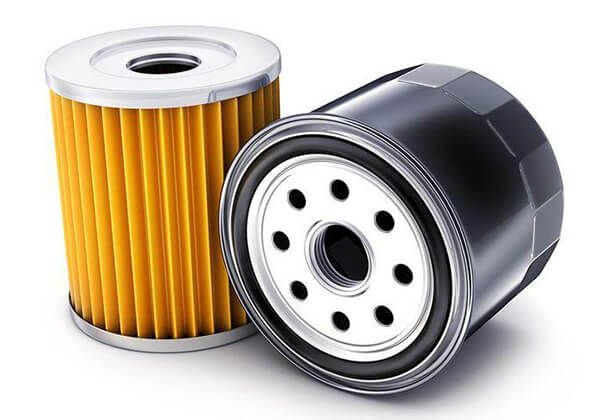
While particle capture efficiency exposes information about the size of particles the filter can remove, dirt-holding capacity reveals information about service life before bypass.
This is especially critical if there is an extended oil drain without changing the oil filter in the middle. If the vehicle runs on dirt or gravel roads, or in other dusty situations, it’s especially crucial.
Remember that, unlike many large diesel engines, car oil filters have no indicator that tells when oil is bypassing and not being filtered. The optimum oil filter change interval, like the oil change interval itself, is mostly guesswork, necessitating the use of an adequate safety buffer.
The dirt-holding capacity of the oil filter being tested is included in the SAE J1858 and SAE HS 806 test protocols. Filter manufacturers, on the other hand, often avoid disclosing information about dirt-holding capacity.
There is no clear information about the same. Maybe, if the customers call and ask, it would help them.
Pressure-Flow Profile
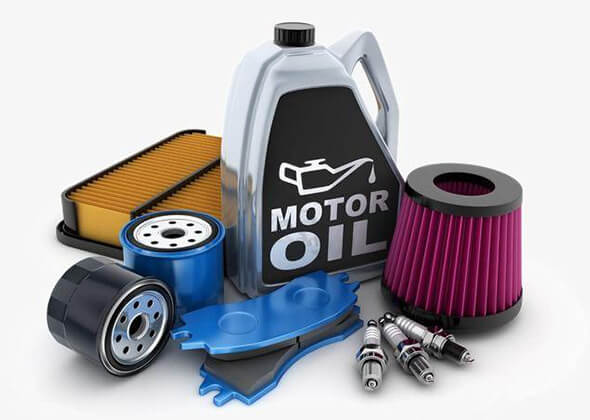
People frequently worry that switching from a 40-micron filter to a 10-micron filter for better pollution management and longer engine life will cause the oil filter to block more easily, resulting in decreased oil flow to the engine.
Positive-displacement pumps in cars transfer flow proportional to the engine’s speed to the oil filter and then to the engine.
Regardless of the pressure restriction, the pump will deliver the flow. Pressure rises in tandem with flow rate. For every 1,000 rpm, increase the pressure by 10 psi.
This is akin to dead-heading the pump if the filter blinds off and both the engine’s relief valve and the oil filter’s bypass valve fail to open.
The engine would have to stall, the filter would have to explode, or the pump gears would have to strip in such an improbable scenario. However, if an oil filter plugs prematurely due to excessive flow restriction, unexpected bypass flow will almost certainly occur.
It doesn’t even have to be clogged; simply starting the engine when the oil is extremely cold will open the bypass valve and send a puff of dirt through the flexing filter material.
Furthermore, filter flow restriction affects fuel efficiency because it requires energy and effort from the engine to push oil through a too restricted oil filter.
Integrity of Oil Filter Design and Production
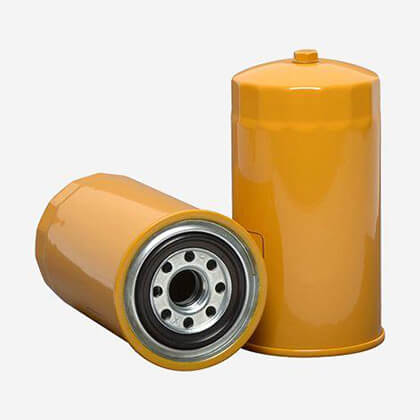
Lightweight steel, plastic, and cardboard are examples of materials. In some applications and worst-case scenarios, their ability to withstand long service intervals, frequent shock loading, vibration, thermal cycles, temperature extremes, and changing motor chemistry may be poor.
Take note of how the seam is made where the pleats meet. Keep in mind that oil follows the path of least resistance. Oil, as well as abrasive particles, will flow through any opening, fracture, or gap. Some seams are stapled, while others are glued to both.
Examine the bypass valve. Is it a soft-seat elastomer valve or a hard-seat metal-on-metal construction? Hard seat valves may allow for tiny continuous bypass flow, which may reduce the oil filter’s capture effectiveness.
In some instances, the use of plastic in the spring construction of the bypass valve may result in a performance or quality compromise. Take note of the flapper valve and the type of surface it sits against on the anti-drain back.
Make sure that the end cap is completely covered in adhesive and that none of it has gotten into the filter media, breaking the seal between the media and the endcap. Synthetic media will appear white and felt-like, whereas cellulose would appear orange-brown in color.
Conclusion
Oil filters are critical components of the vehicle that must be maintained. To keep the engine safe from polluted oil, replace them or the filter element if separable as suggested.
To find out what kind of oil filtering system the car has and when the automobile oil filter should be changed, consult the owner’s manual or you can also contact Sunway, a leading car parts manufacturer.
Now that you know what to look for in an oil filter, you’ll be much better informed about what to ask for and what to buy when it comes time to replace the old oil filter or source a reliable car oil filter supply.


